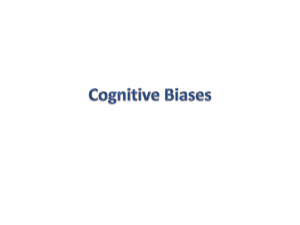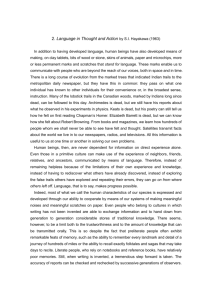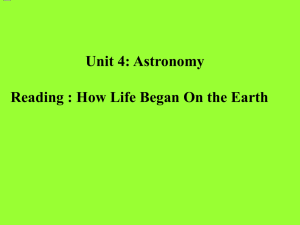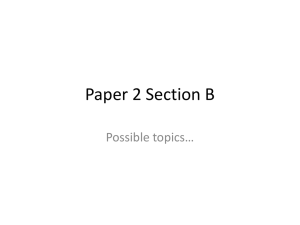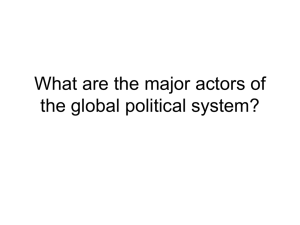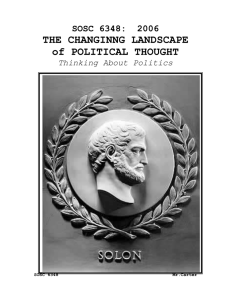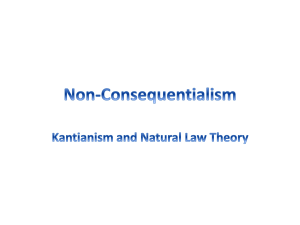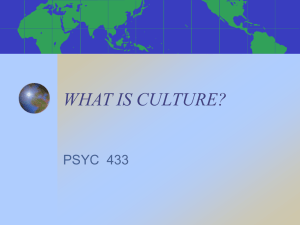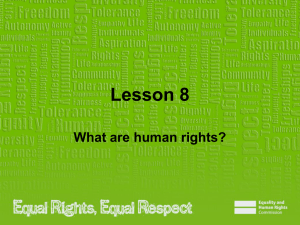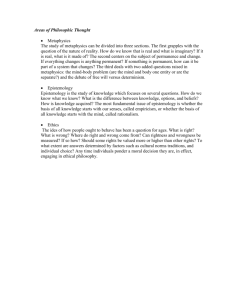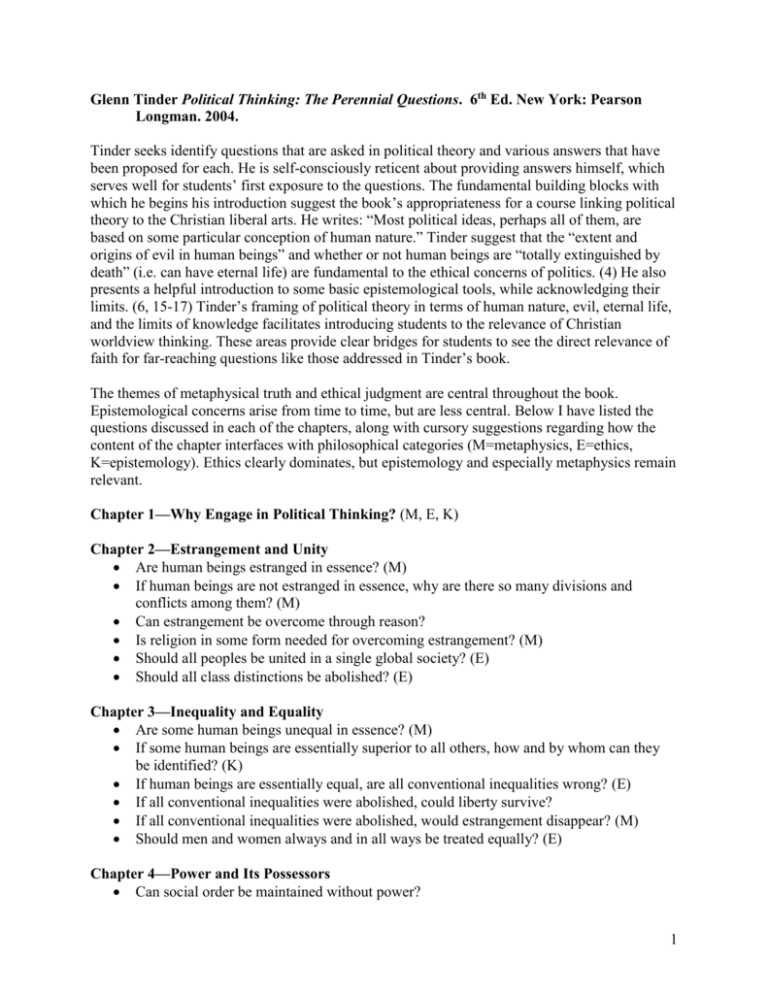
Glenn Tinder Political Thinking: The Perennial Questions. 6th Ed. New York: Pearson
Longman. 2004.
Tinder seeks identify questions that are asked in political theory and various answers that have
been proposed for each. He is self-consciously reticent about providing answers himself, which
serves well for students’ first exposure to the questions. The fundamental building blocks with
which he begins his introduction suggest the book’s appropriateness for a course linking political
theory to the Christian liberal arts. He writes: “Most political ideas, perhaps all of them, are
based on some particular conception of human nature.” Tinder suggest that the “extent and
origins of evil in human beings” and whether or not human beings are “totally extinguished by
death” (i.e. can have eternal life) are fundamental to the ethical concerns of politics. (4) He also
presents a helpful introduction to some basic epistemological tools, while acknowledging their
limits. (6, 15-17) Tinder’s framing of political theory in terms of human nature, evil, eternal life,
and the limits of knowledge facilitates introducing students to the relevance of Christian
worldview thinking. These areas provide clear bridges for students to see the direct relevance of
faith for far-reaching questions like those addressed in Tinder’s book.
The themes of metaphysical truth and ethical judgment are central throughout the book.
Epistemological concerns arise from time to time, but are less central. Below I have listed the
questions discussed in each of the chapters, along with cursory suggestions regarding how the
content of the chapter interfaces with philosophical categories (M=metaphysics, E=ethics,
K=epistemology). Ethics clearly dominates, but epistemology and especially metaphysics remain
relevant.
Chapter 1—Why Engage in Political Thinking? (M, E, K)
Chapter 2—Estrangement and Unity
Are human beings estranged in essence? (M)
If human beings are not estranged in essence, why are there so many divisions and
conflicts among them? (M)
Can estrangement be overcome through reason?
Is religion in some form needed for overcoming estrangement? (M)
Should all peoples be united in a single global society? (E)
Should all class distinctions be abolished? (E)
Chapter 3—Inequality and Equality
Are some human beings unequal in essence? (M)
If some human beings are essentially superior to all others, how and by whom can they
be identified? (K)
If human beings are essentially equal, are all conventional inequalities wrong? (E)
If all conventional inequalities were abolished, could liberty survive?
If all conventional inequalities were abolished, would estrangement disappear? (M)
Should men and women always and in all ways be treated equally? (E)
Chapter 4—Power and Its Possessors
Can social order be maintained without power?
1
Who should rule? (E)
If the people rule, should they do so themselves or through representatives? (E)
Is it good to have power? (E)
Why obey? (E)
Chapter 5—Limits on Power
Should governments be under the same moral limits as individuals? (E)
Should governments in all circumstances be under constitutional limits? (E)
Should governments ordinarily leave the ownership and control of industry in private
hands? (E)
Can political power and perfect knowledge ever be joined?
Chapter 6—The Ends of Power
Does every government serve merely “the interest of the stronger”? (M)
Is the final goal of government simply to enable individuals to live as they choose? (E)
Does government have any responsibility for truth and morality? (E)
Is avenging crime a proper aim of government? (E)
Should governments try to create societies that fulfill all needs and desires? (E)
Chapter 7—Historical Change
Can human beings control the course of history? (M)
Can we guide history without using extensive violence? (M)
Do truth and right change in the course of history? (M)
Does history lead naturally toward the “the good society”? (M)
Epilogue: The Idea of Humane Uncertainty (M, E, K)
2


